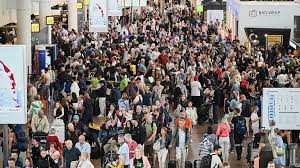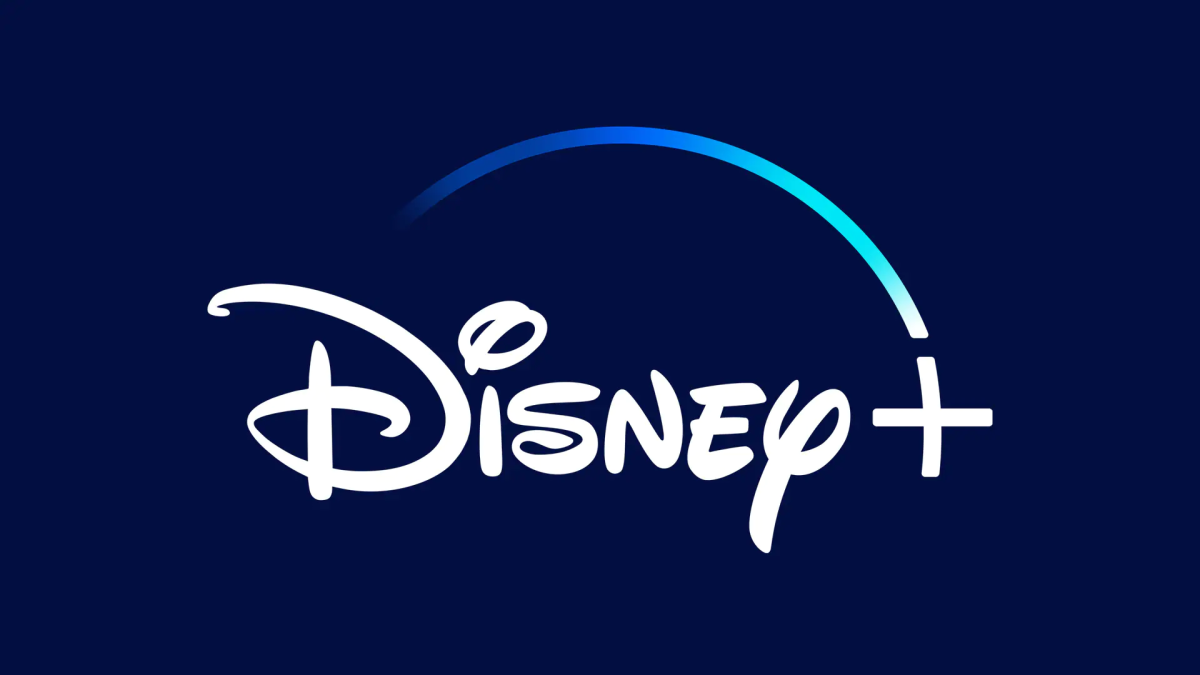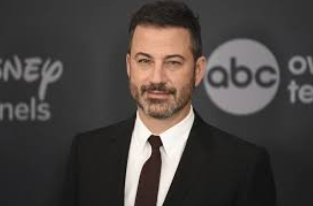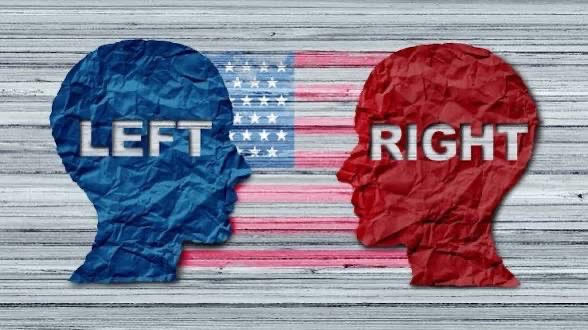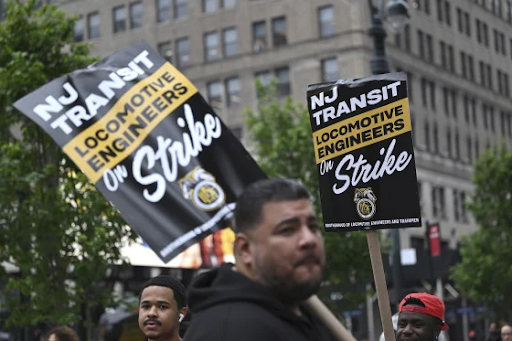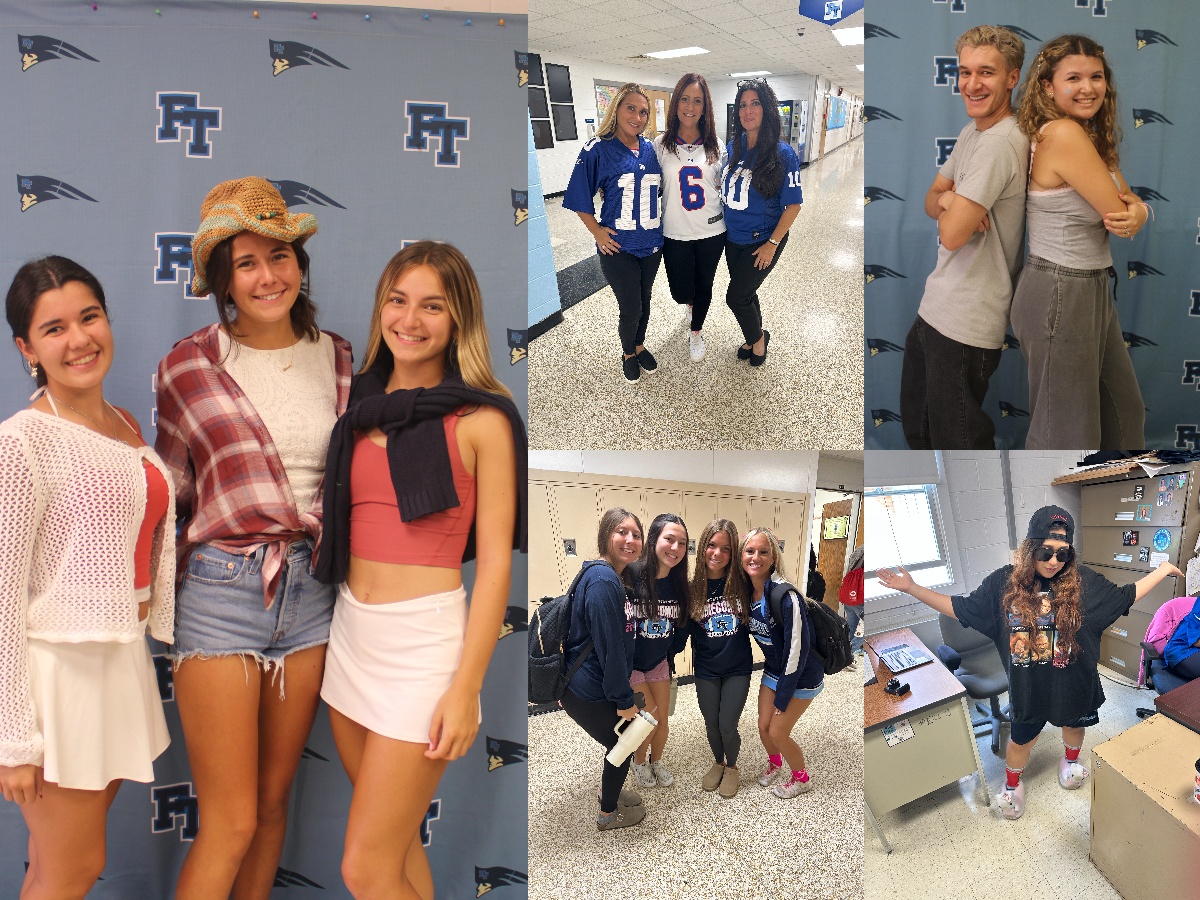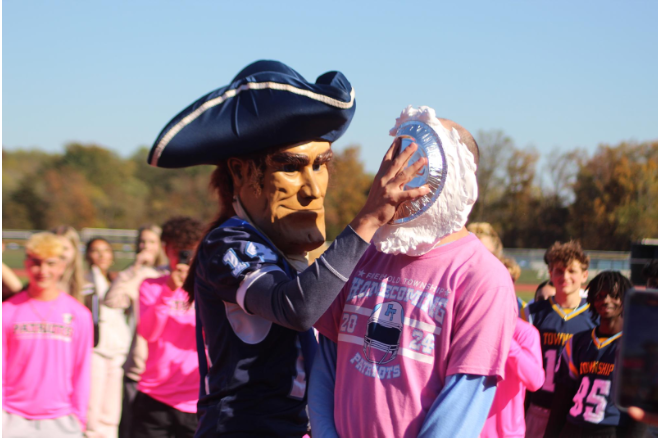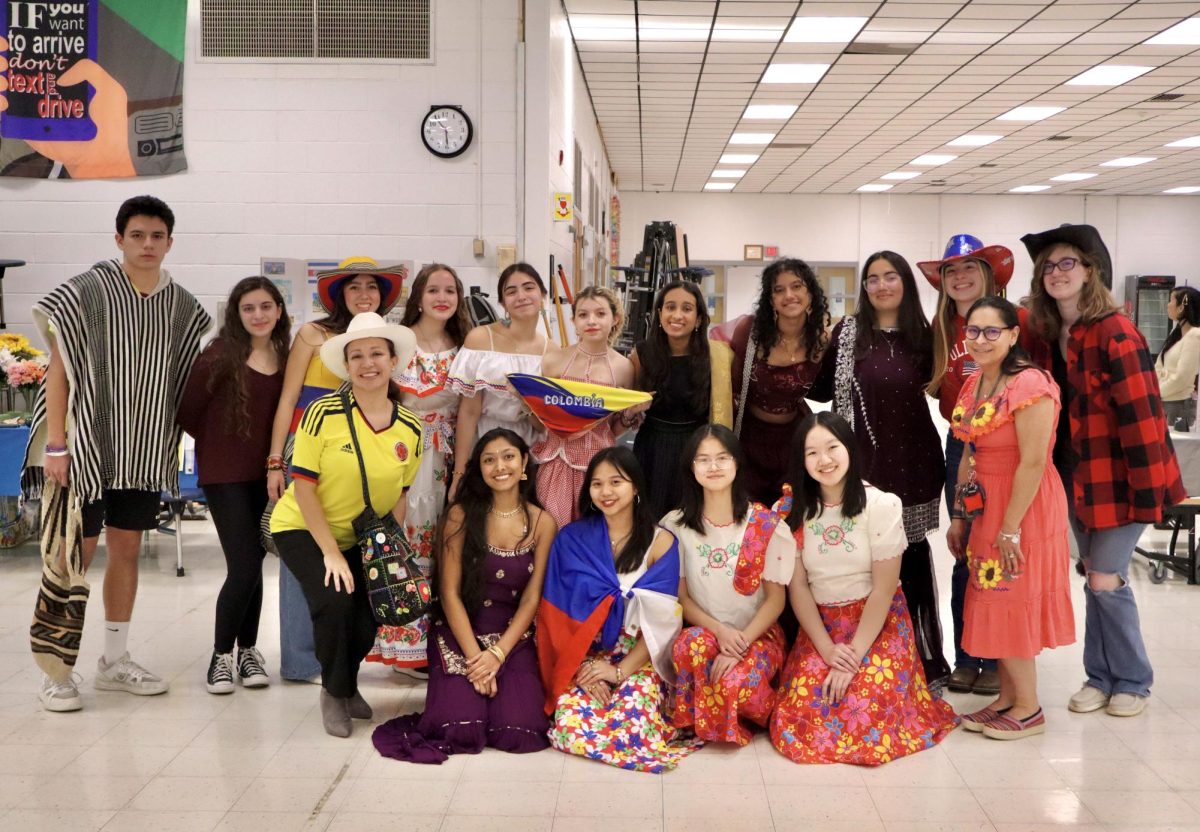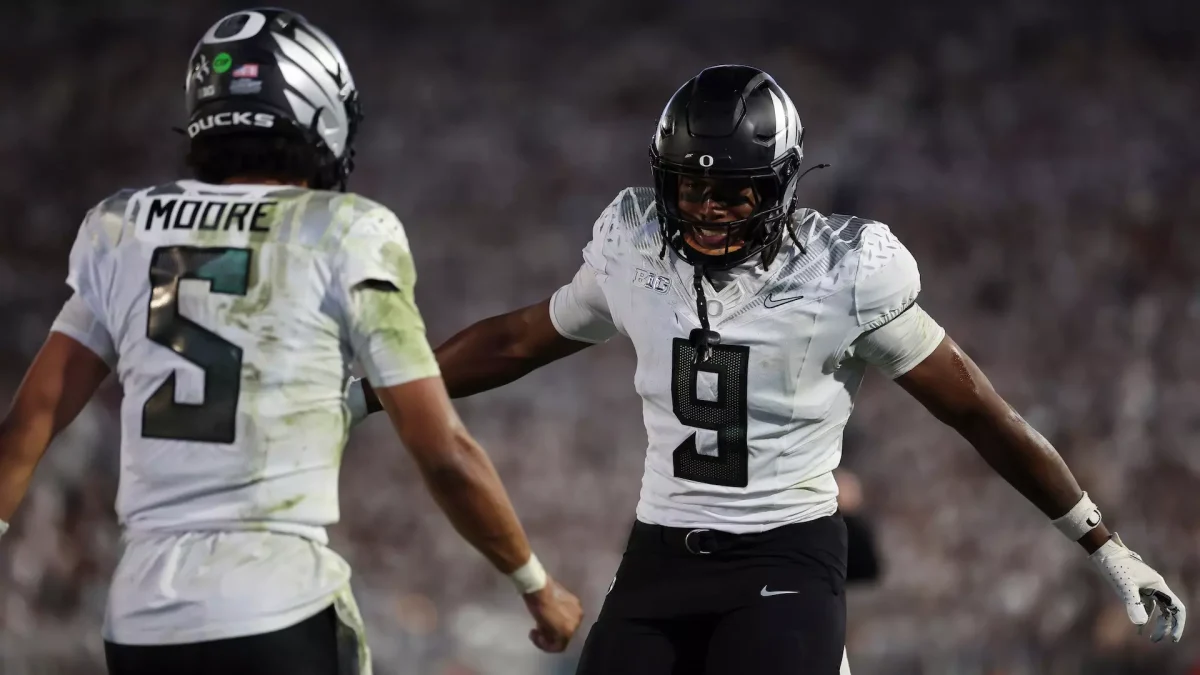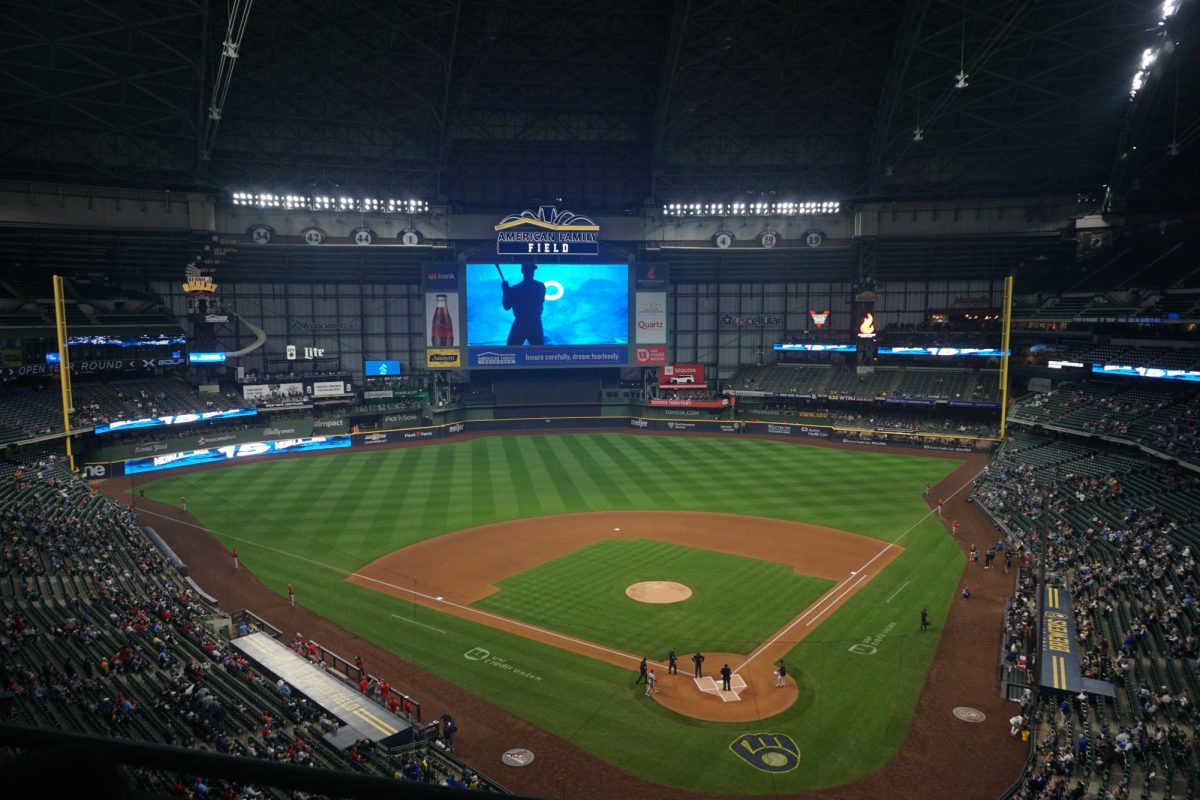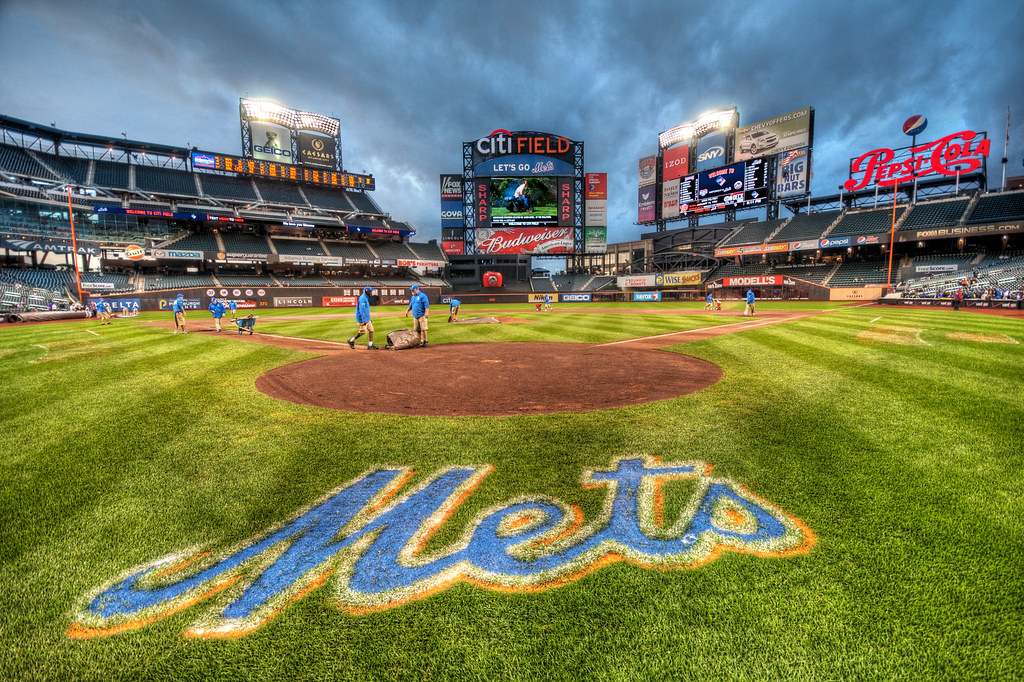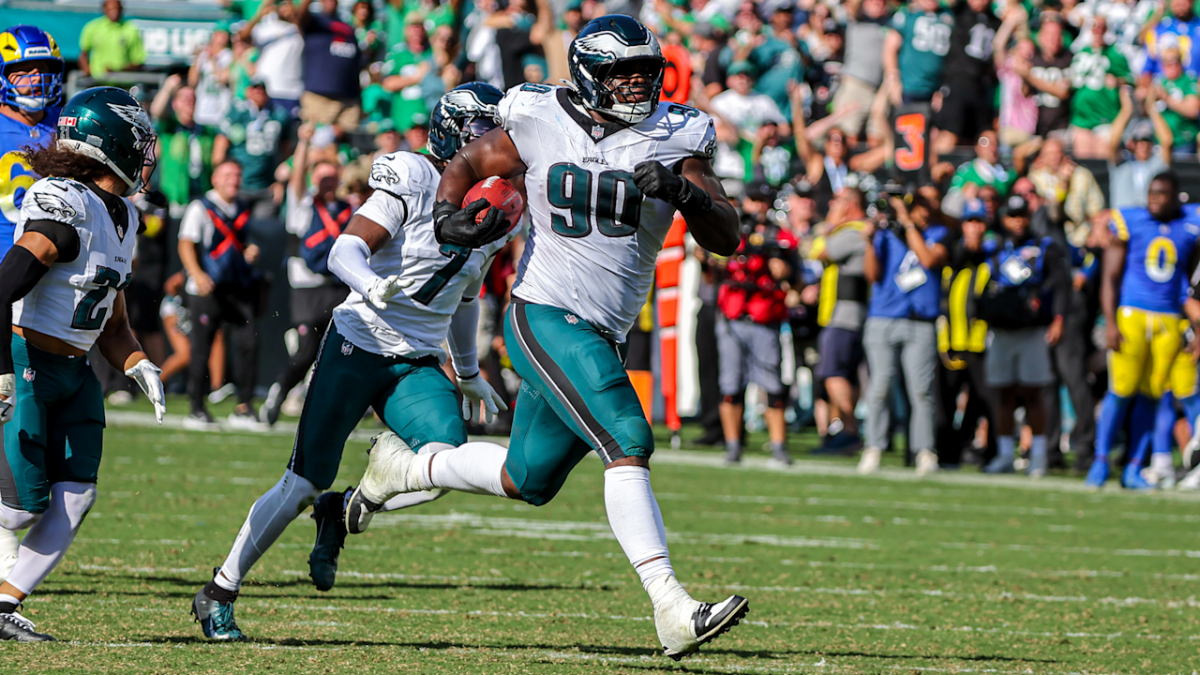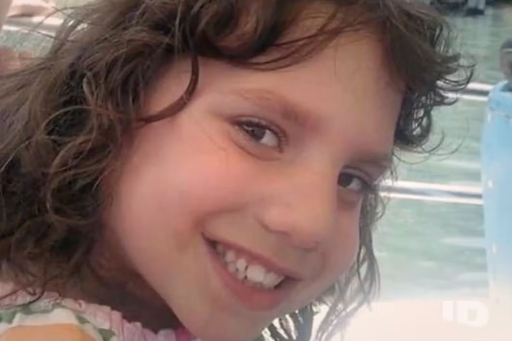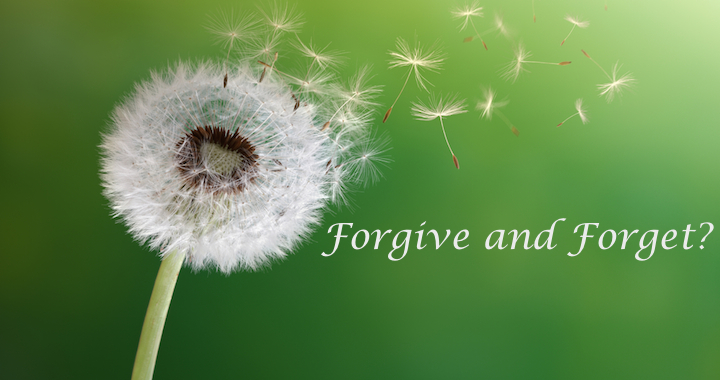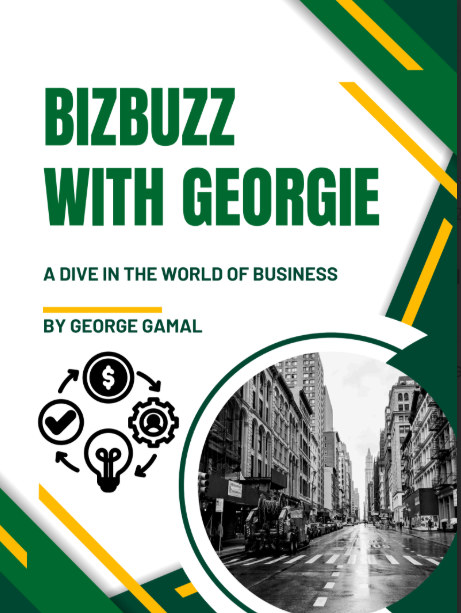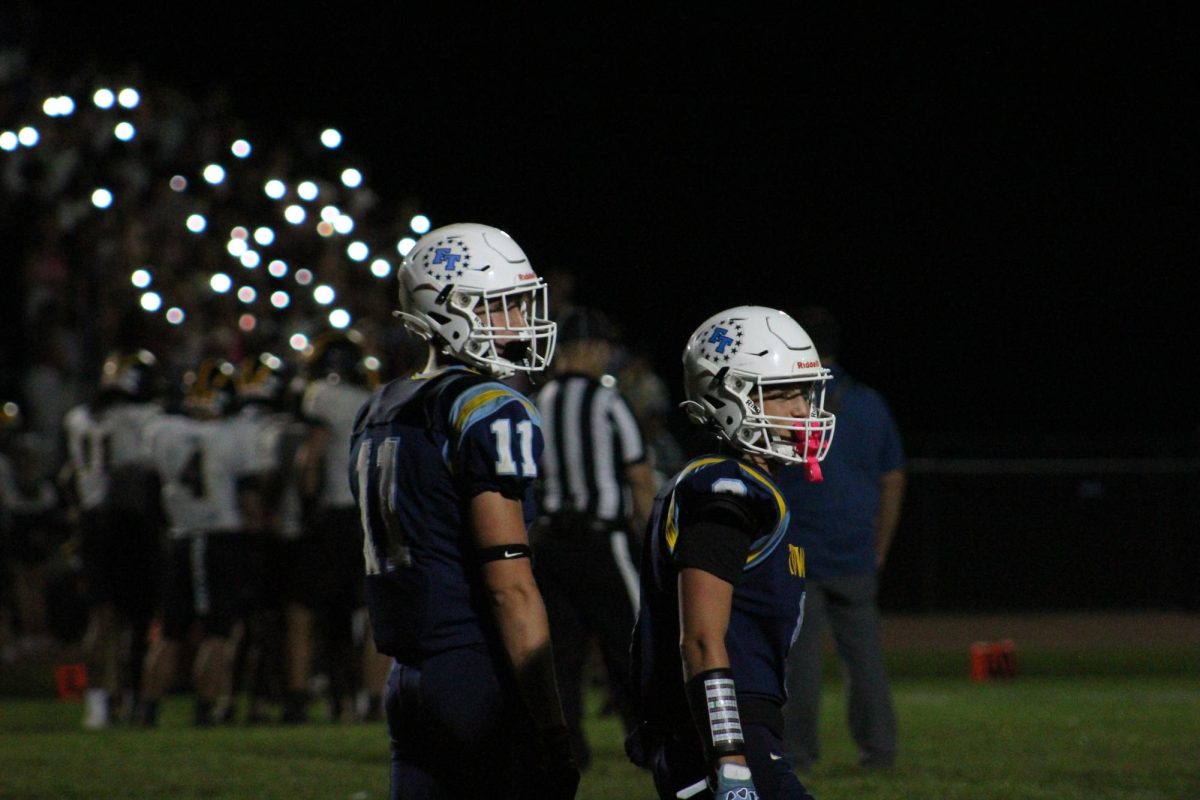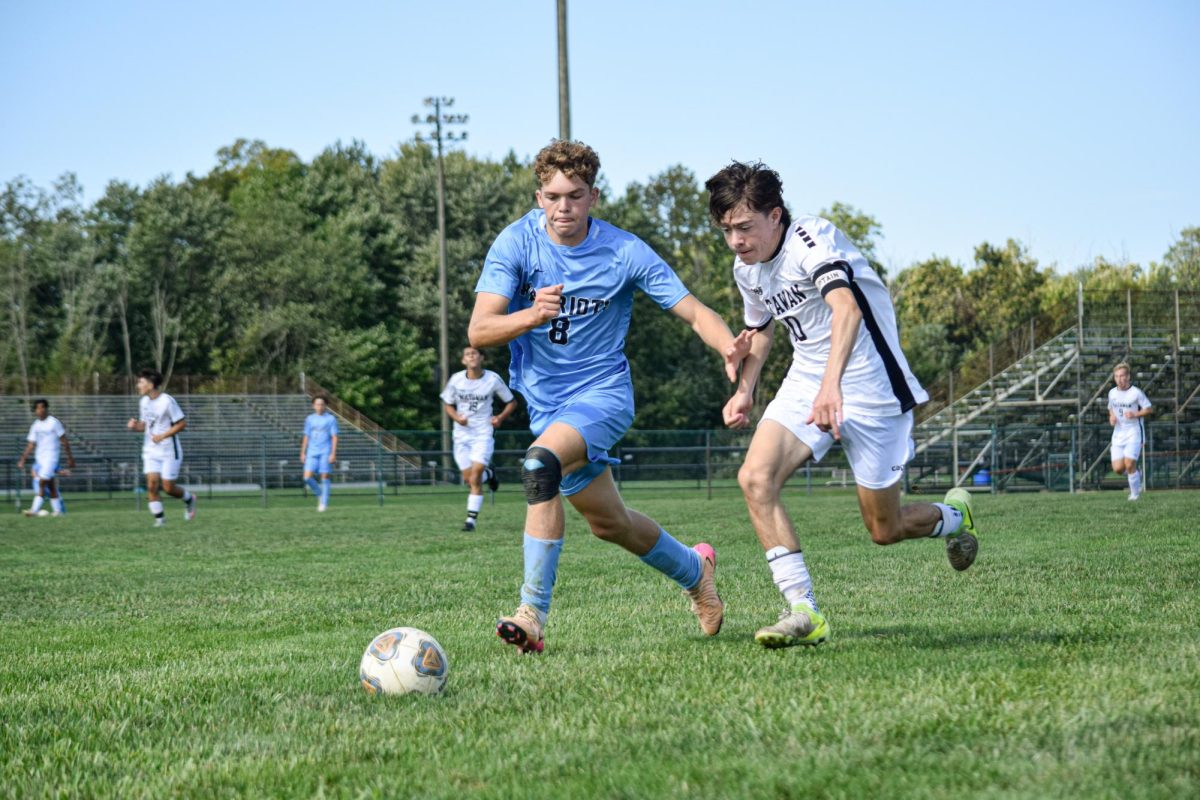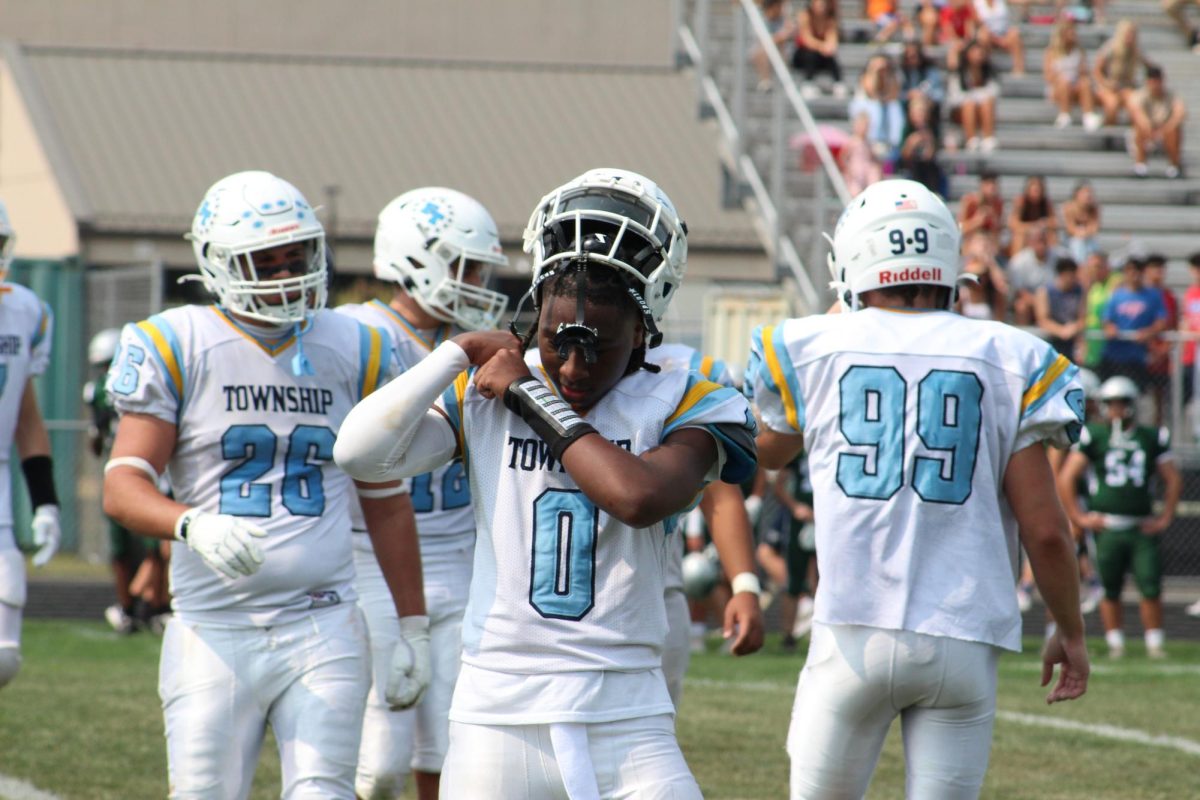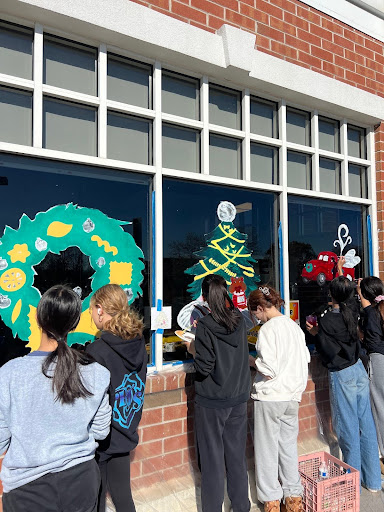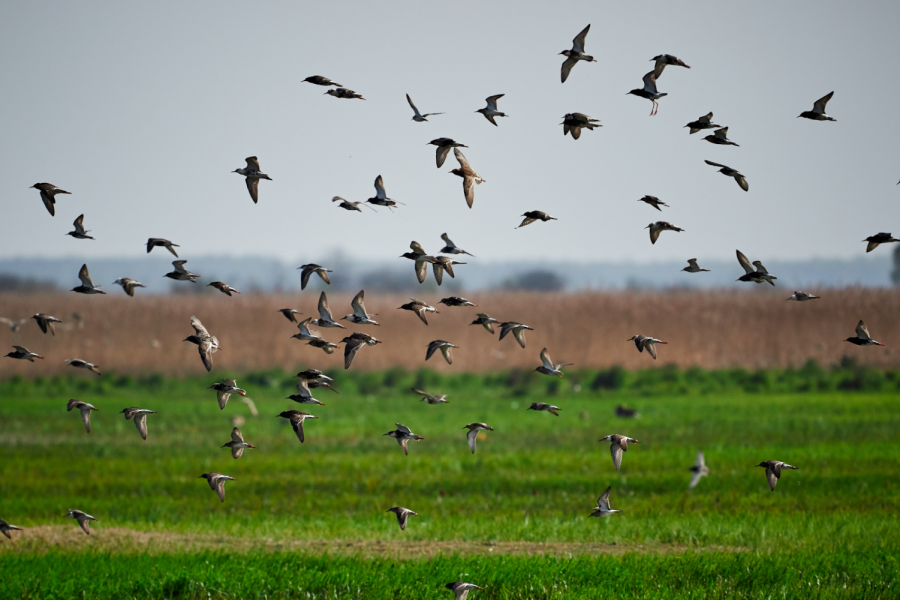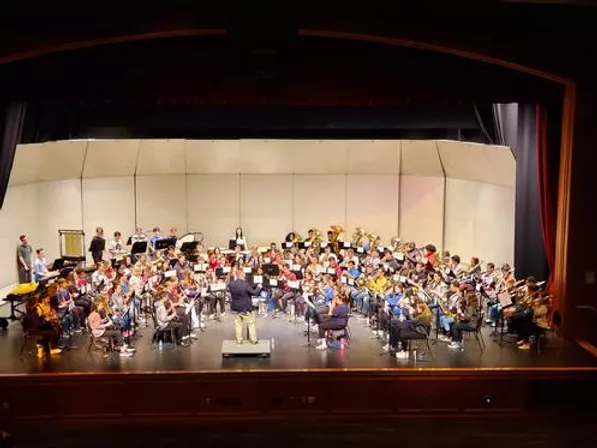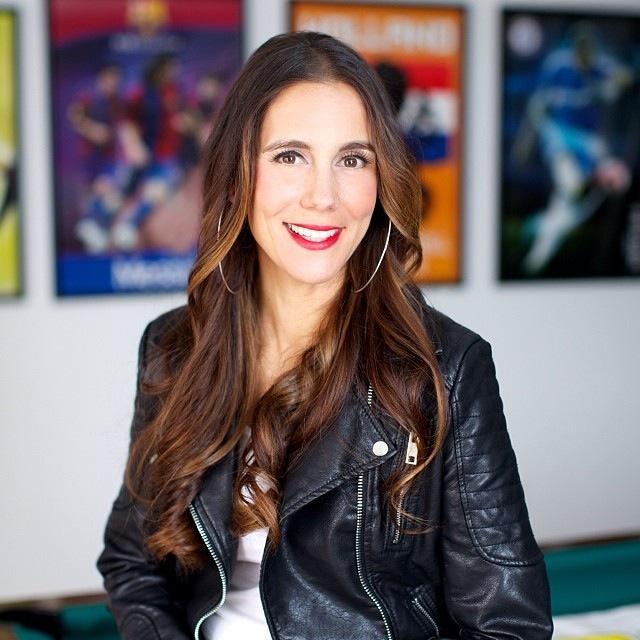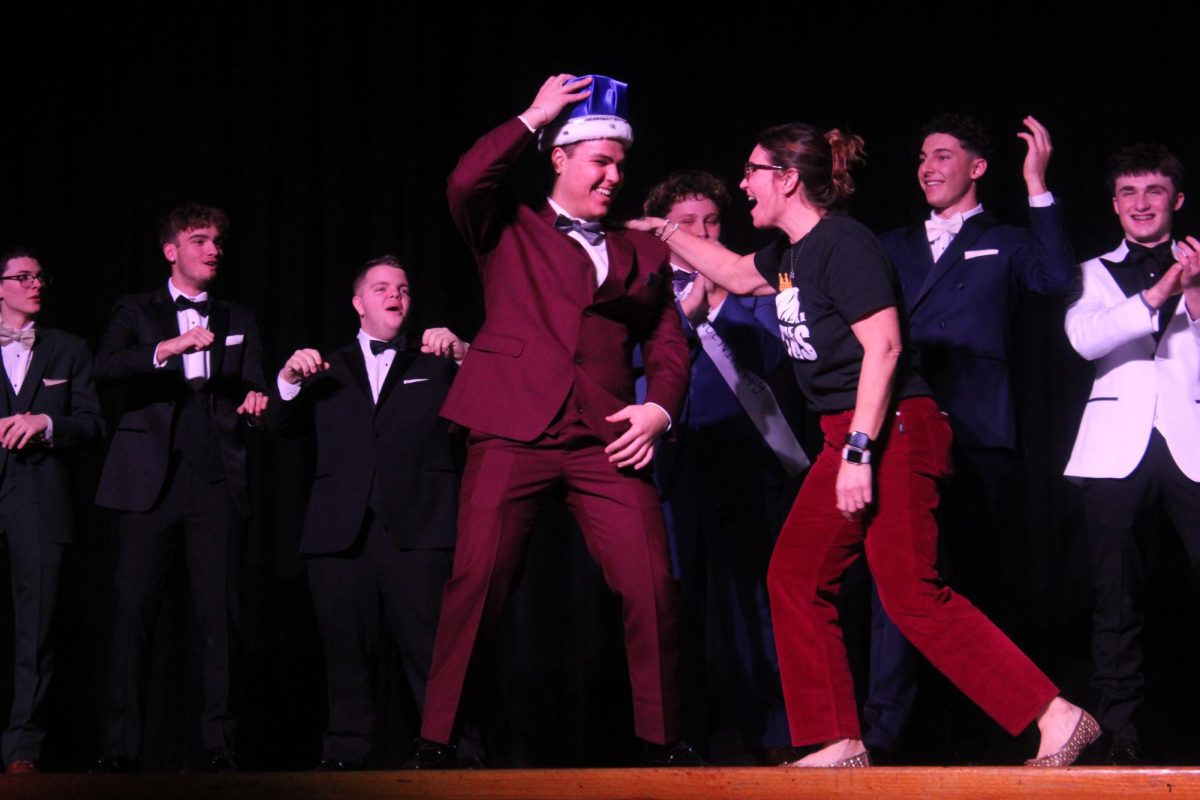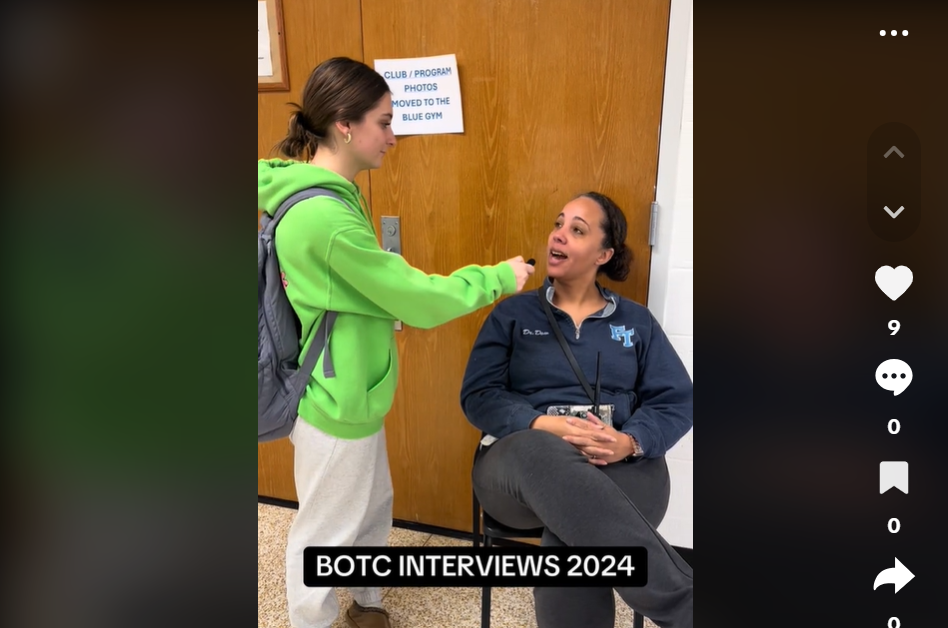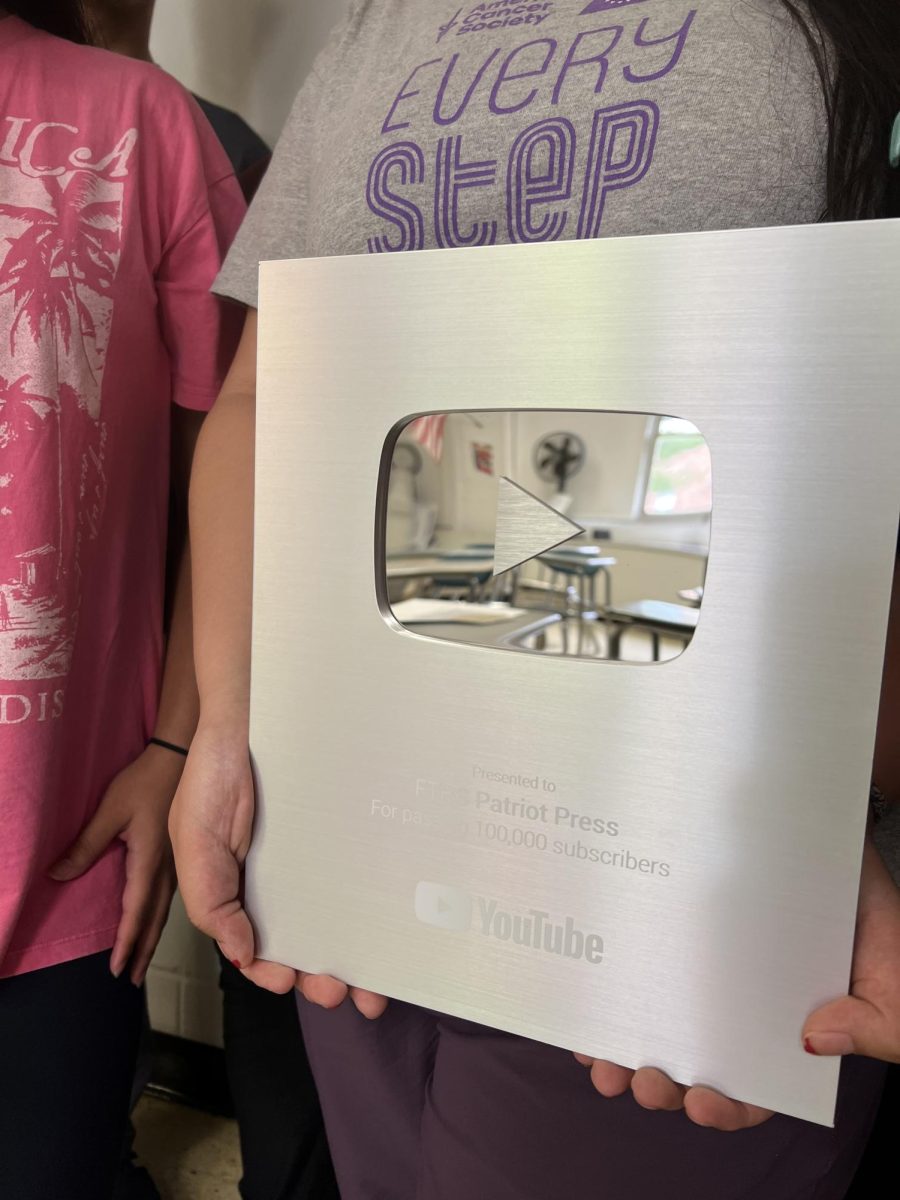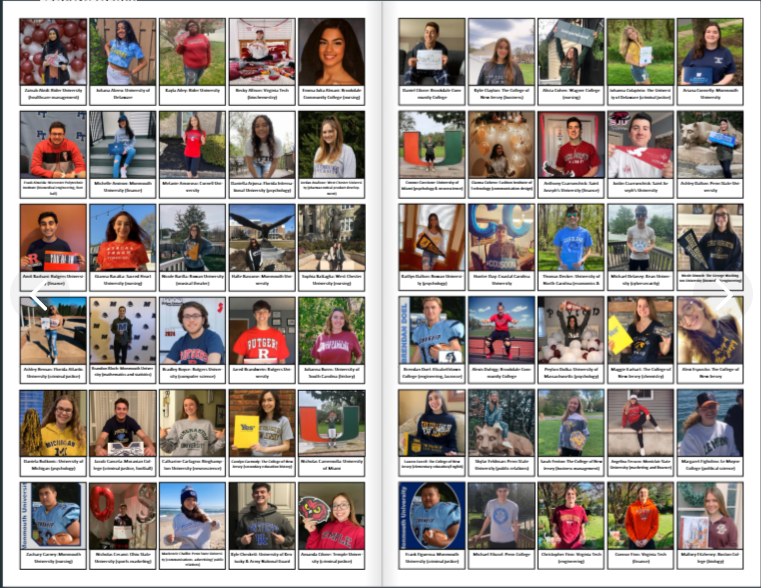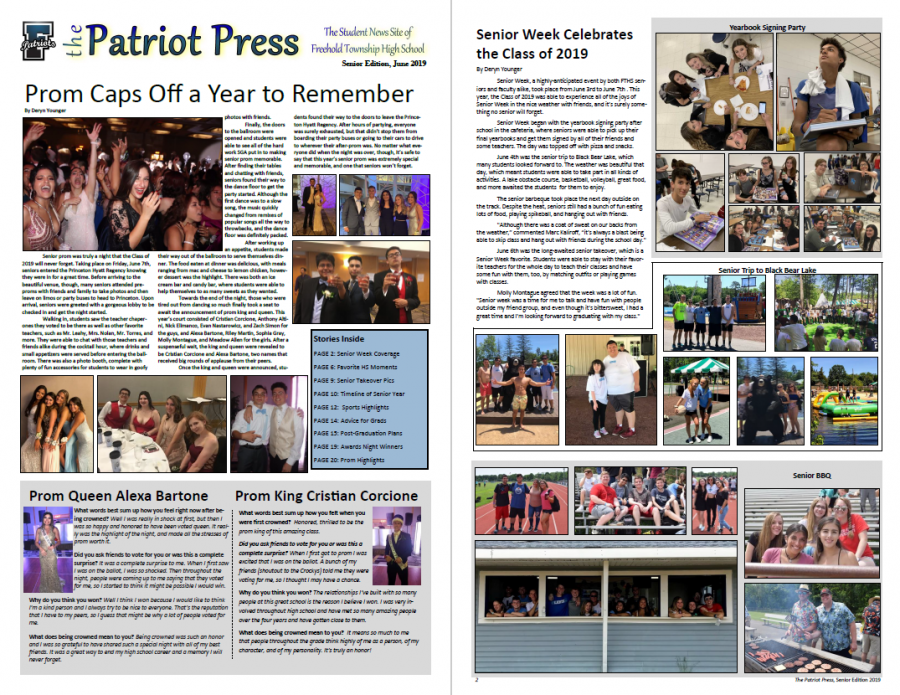As many know, the beloved Pope Francis died on April 21st, 2025. He was known as a global icon who stood for peace, justice, and equality. But with the pope gone, who will fill his spot? On May 8th, the white smoke blew, and the 69-year-old Robert Francis Prevost from Chicago was elected the new pope. He chose his new name, and from now on will be called Pope Leo XIV.
How is the pope chosen?
The pope is chosen through a highly secretive process known as the papal conclave, which is held after the previous pope dies or resigns. Only members of the College of Cardinals under the age of 80 are allowed to vote. They gather inside the Sistine Chapel in Vatican City for the election. Once inside, they are excluded from the outside world. They secretly vote until they achieve the required two-thirds majority to elect a new pope. Votes are typically held four times a day. After each round of voting, the ballots are burned. Throughout the process, colored smoke is released to update the public on the status. Black smoke indicates that no decisions have been made, and white smoke means the new pope has been chosen. Once a cardinal receives the necessary votes, the dean of the College of Cardinals asks him if he accepts the papacy. If he accepts, he chooses a papal name, a tradition that symbolizes the beginning of a new spiritual mission. The new pope then wears the papal vestments and is presented to the world from the balcony of St. Peter’s Basilica with the saying, “Habemus Papam”, meaning “We have a pope” in Latin.
What does the pope do?
The pope is the leader of the Roman Catholic Church, serving as its spiritual guide and highest authority. The primary role is to guide the Church in matters of faith and morals, interpret Christian doctrine, and maintain unity among Catholics worldwide. As the Bishop of Rome, he also oversees the Diocese of Rome and is considered the successor of Saint Peter, who Catholics believe was appointed by Jesus as the first leader of the Church. The pope plays a diplomatic role, meeting with world leaders and advocating for peace, justice, and humanitarian causes. Through public appearances, liturgies, and global travels, he serves as a visible symbol of the Catholic Church’s mission and presence in the world.
Who is the new pope?
Robert Francis Preovst was born on September 14th, 1955, in Chicago, Illinois, into a devoted Catholic family with Spanish, French, and Italian heritage. From an early age, he was drawn to faith and service. He studied for a degree in mathematics in 1977 at Villanova University. The same year, he joined the Order of St. Augustine, a Catholic religious community focused on prayer, education, and community service. After that, he studied theology in Chicago and later earned advanced degrees in church law in Rome. These helped him prepare for leadership in the Church. In 1985, Robert moved to Peru to serve as a missionary priest. He worked in poor and rural areas, especially in Chulucanas and Trujillo, where he helped train future priests and support local communities. He became well-known for being humble, caring, and hardworking. In 2015, Pope Francis appointed him as Bishop of Chiclayo, a large city in northern Peru. He focused on improving education, serving the poor, and making the Church more present in people’s everyday lives. Because of his experience and leadership, he was called to serve in Rome, at the heart of the Catholic Church. In 2020, he was named a member of the Congregation for Bishops, the group that helps choose bishops around the world.
In 2023, he was promoted to the Prefect of the Dicastery for Bishops, one of the highest-ranking roles in the Vatican. He was also made a cardinal later that year, giving him the right to vote in papal elections.
After Pope Francis died, he was elected the 267th pope of the Catholic Church. This is a tremendous achievement for him because he is the first pope born in the United States. A fun fact about him is that he speaks four languages: English, Spanish, Italian, and Portuguese!
When he presided at his first mass as pope, he promised to associate with the regular people in the community and against the rich and powerful. Most of his priorities are similar to Pope Francis’, especially about the environment, migrants, and the poor. His main goals include reforming how bishops are chosen and trained, making the Church more transparent, and continuing efforts to care for the environment.
“We need to hear more from leaders in the Church, to reject racism and seek justice,”
-Robert Prevost, 2020

